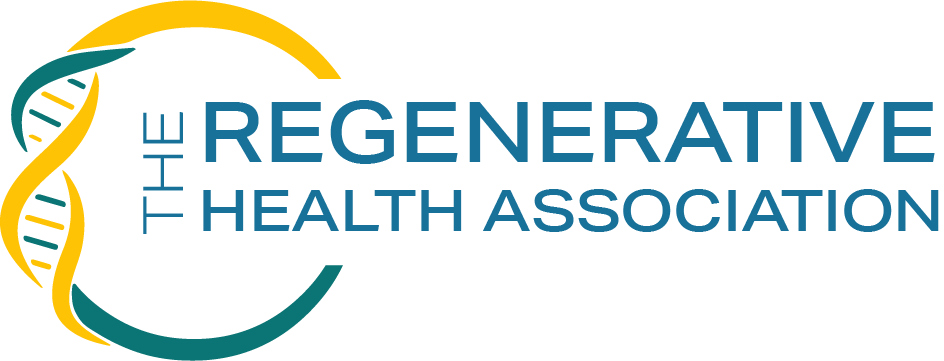Here’s a Surprising Twist in Transplant Care and Stem Cells.
Recent research shows that medications used to reduce the risk of cytomegalovirus (CMV) infections might accidentally reactivate Epstein-Barr virus (EBV) in patients who have undergone stem cell transplantation.
Why does this matter? EBV reactivation can lead to serious health problems, like a condition called post-transplant lymphoproliferative disorder (PTLD), which can be life-threatening if not caught early.
Published in the Journal of Hematology & Oncology, this research reveals how routine CMV prophylaxis could increase EBV reactivation risks, especially in patients who’ve undergone haploidentical stem cell transplants. It’s a critical finding for clinicians, as it highlights the delicate balance between preventing CMV infections and managing other viral threats. Therefore, doctors must protect patients from CMV and keep EBV under control at the same time.
For transplant recipients, it is now clear that close monitoring and personalized treatment plans are more important than ever. With continued research, there’s hope for strategies that better protect patients without triggering unintended risks.


